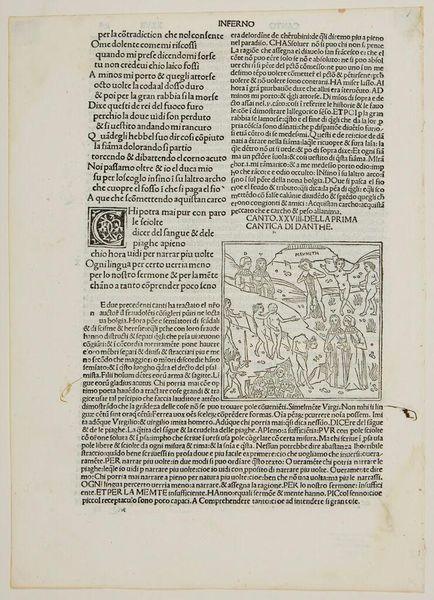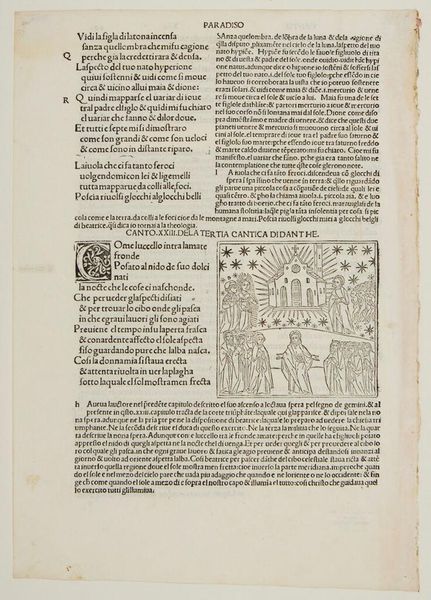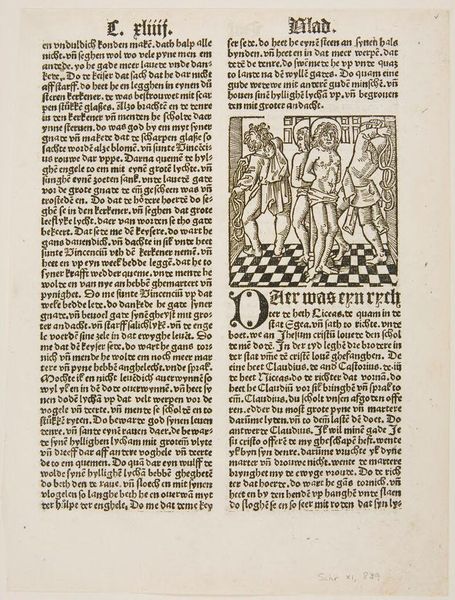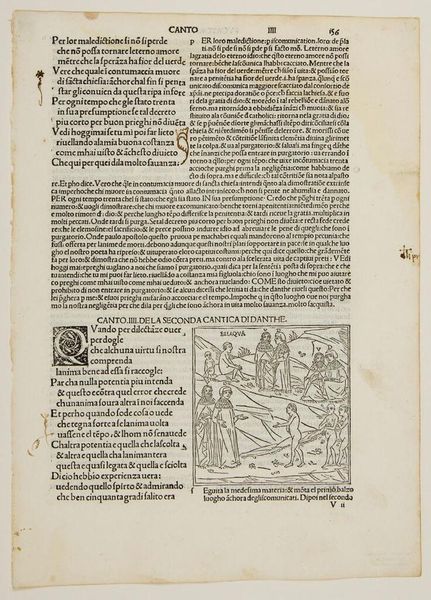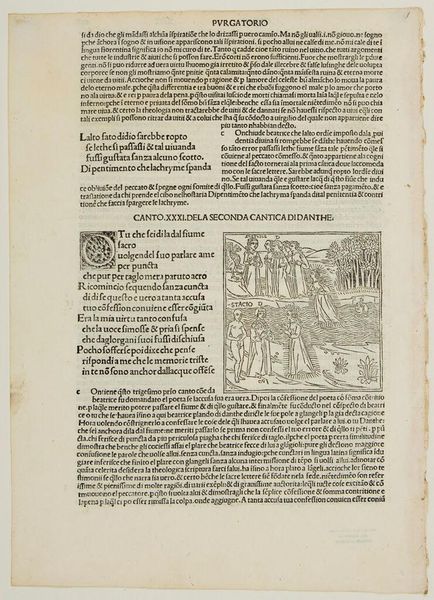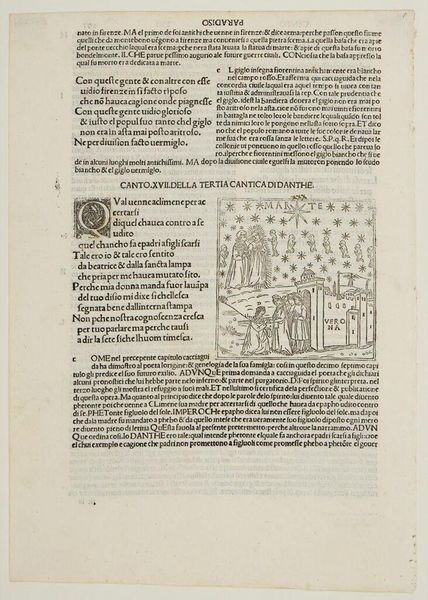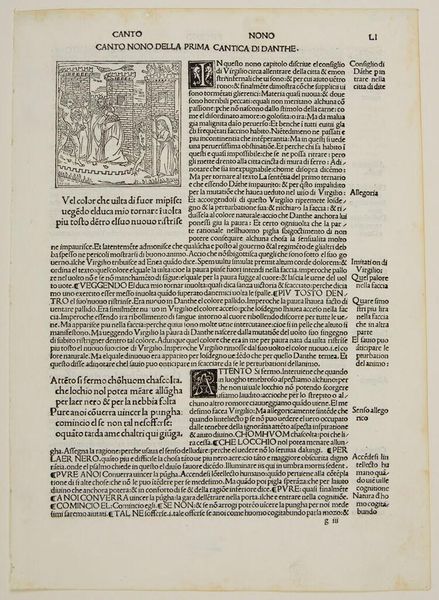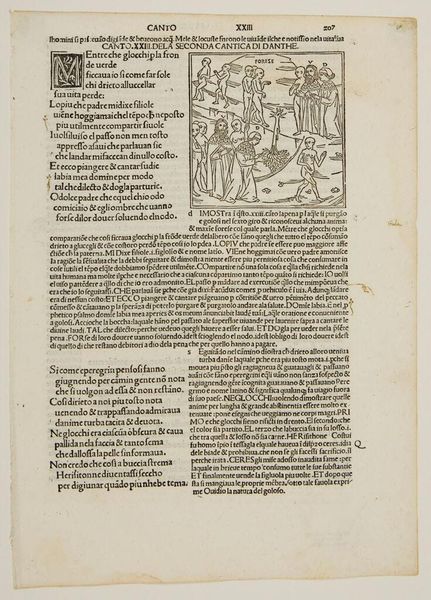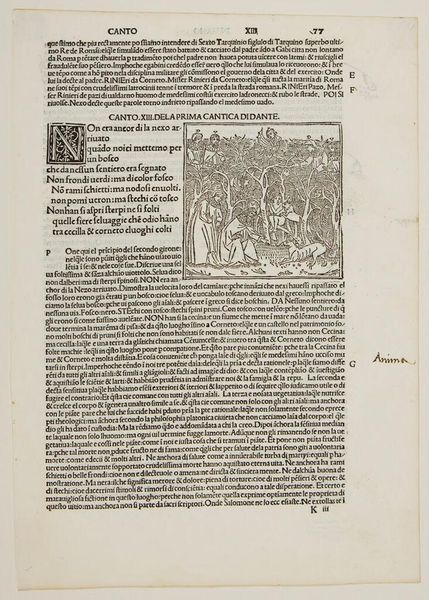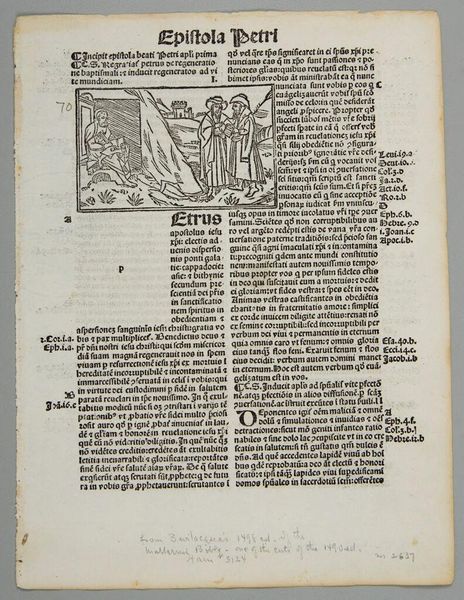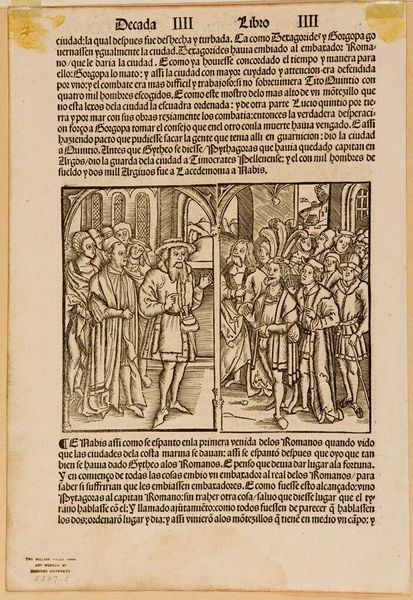
Copyright: CC0 1.0
Curator: I'm struck by the visual weight of the composition here. That imposing king at the center of this opening from Aurea Summa Azo at the Harvard Art Museums. It's austere, yet somehow inviting. Editor: Indeed! As a historian, what intrigues me is how this anonymous artwork—likely intended as a frontispiece—situates legal authority. See how the king, enthroned, is flanked by armed guards and a group of figures who could be petitioners or advisors? Curator: Absolutely. The artist’s play with light and shadow adds a sense of drama. And those intricate, bold lines in the woodcut, so stark and deliberate, they give the scene a kind of graphic novel intensity, even with the Latin text surrounding it. Editor: Right, the image is part of a larger narrative. The book itself, Aurea Summa Azo, was a legal text, so this imagery would’ve been instantly recognizable to its 13th-century audience, steeped in legal proceedings and iconography. Curator: I can almost feel the artist's hand moving across the woodblock, carefully carving out each detail. There's an intimacy to it, even in its formal presentation. I wonder about their story, their intentions... Editor: Well, the anonymity speaks volumes. Legal authority wasn't always about individual expression. It was about the weight of tradition, the institutions that upheld power. So, in many ways, the artist becomes another cog in that machinery. Curator: But still, they managed to infuse this image with a certain gravity. Maybe it's the way that the king seems to look directly at us, challenging us to consider our own relationship to authority. Editor: A fitting reminder that even seemingly fixed images have echoes that reverberate across time.
Comments
No comments
Be the first to comment and join the conversation on the ultimate creative platform.

